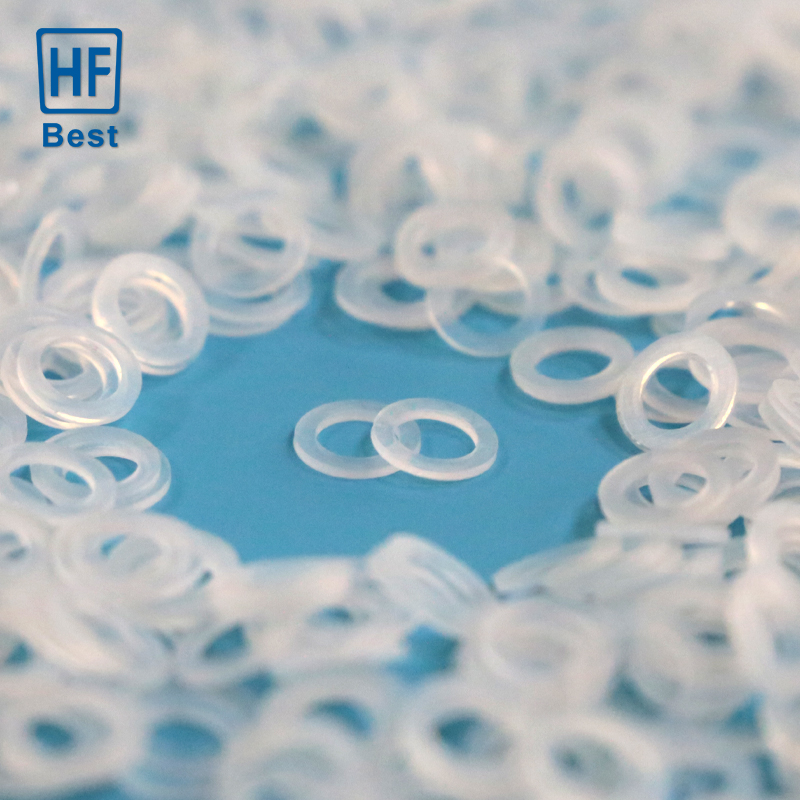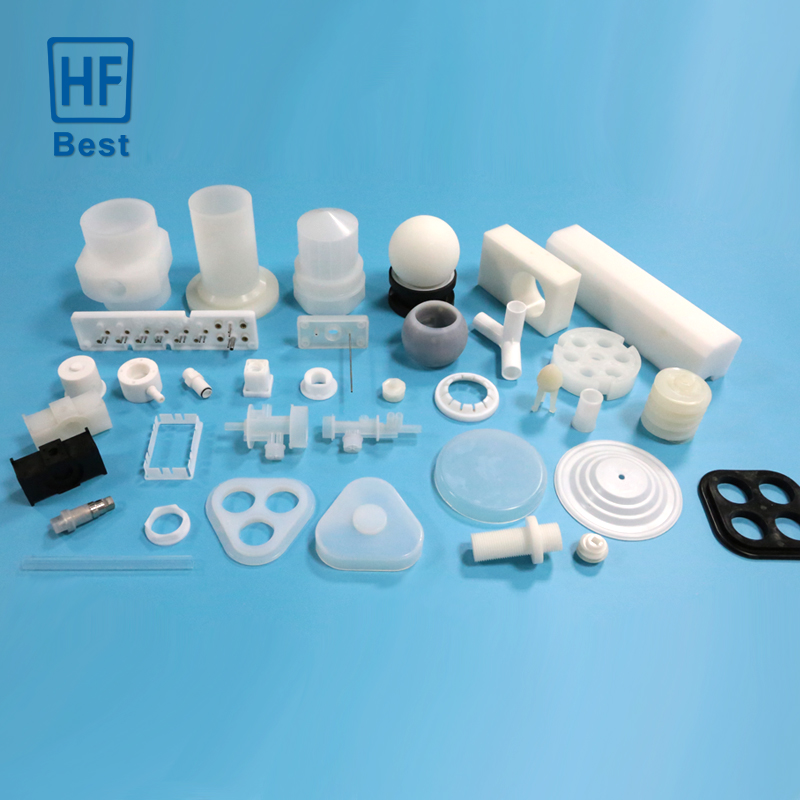News
- Industry news
Industry news
Rubber and plastic science - high temperature plastic
What is high temperature plastic?
High temperature plastic refers to plastic materials that can withstand long-term stable use in a high temperature environment, and can generally withstand the temperature of 70℃ -200 ℃ above the material plastic products. Its main feature is that it has good stability at high temperatures, can withstand high temperature melting, will not decompose metamorphism or degradation, and is not easy to be damaged and aging. They are often used in machinery manufacturing, automobile manufacturing, aerospace and other fields in high temperature environments.

What are high temperature plastics?
1. Polybenzimidazole PBI
The long-term working temperature can reach 310 ° C, and the short-term use temperature can reach 500 ° C. PBI is the most high-temperature resistant plastic at present, but the price is also the highest in plastics, and the processing is difficult.
2, polyimide PI
Long-term working temperature can reach about 290℃, short-term up to 480℃, can work in an environment of -240℃.
3, polyamide imide PAI
The long-term working temperature can reach 250℃, the low temperature resistance is also excellent, PAI also has excellent wear resistance and impact resistance.
4, polyether ether ketone PEEK
The long-term working temperature can reach 160℃, the short-term working temperature can reach 260℃, and the high temperature resistance is good.
5, polytetrafluoroethylene PTFE
The long-term working temperature can reach 260℃, the short-term working temperature is 280℃, and it has excellent corrosion resistance, commonly known as "plastic king". It also has an extremely low coefficient of friction.
6, polysulfone PSU/PSF
The long-term working temperature is 150℃, the short-term working temperature can reach 180℃, and the polysulfone PSU has good comprehensive electrical properties.
7. Nylon PA
The long-term working temperature can reach 135℃, with excellent toughness and good chemical resistance.
8, polycarbonate PC
Thermal decomposition releases phenolic substances to reach a high temperature of about 200 ° C, which far exceeds the normal use temperature of water cups.

How to distinguish between high and low temperature plastics
The distinction between high and low temperature plastics needs to start from the following aspects:
1. Distinguish according to the melting point of plastics. Generally speaking, plastics with a melting point above 200 ° C are considered high temperature plastics, while plastics with a melting point below 100 ° C are considered low temperature plastics.
2. Distinguish according to the temperature resistance of plastics. High temperature plastics are generally able to withstand high temperature environments above 400 ° C, while low temperature plastics are generally able to withstand low temperature environments below -40 ° C.
3. Distinguish according to the application field of plastics. Generally speaking, high-temperature materials are used in the manufacture of high-temperature environments, such as automotive engines, aerospace equipment, etc. Low-temperature materials are used in low-temperature environment manufacturing, such as refrigeration equipment, food packaging and so on.

How to choose high temperature resistant plastics?
1, consider the heat resistance
① Meet the heat resistance, do not choose too high, too high will cause the cost to increase.
② Use general plastic modification as far as possible. Heat-resistant plastics are mostly special plastics, and their prices are high, while the prices of general purpose plastics are relatively low.
③ As far as possible, use general plastics with large heat-resistant modification range. The range of heat resistance modification of different resin varieties is different. Non-crystalline plastics can be used as preferred materials because of their wide range of heat-resistant modification.
2, consider the heat environment factors
① Instantaneous heat resistance and long-term heat resistance.
The heat resistance of plastics can be divided into two kinds: instantaneous heat resistance and long-term heat resistance, some plastic varieties have good instantaneous heat resistance, and some have good long-term heat resistance. The instantaneous heat resistance of general thermosetting plastics is high, and its instantaneous heat resistance temperature is much greater than the long-term heat resistance temperature.
② Dry heat resistance or wet heat resistance.
For hygroscopic plastics, the heat resistance is different in different dry and wet states.
③ Resistance to medium corrosion.
For plastic products in contact with the medium, under high temperature conditions, the corrosion of the medium increases, requiring the heat resistance of the plastic is also better. In high temperature and in contact with the medium environment, in addition to the heat resistance should be considered, but also consider the good corrosion resistance varieties. Good corrosion resistance of specific varieties such as fluorine plastics, chlorinated polyethers and so on.
④ Heat resistance of oxygen or no oxygen.
In the presence of aerobic conditions, plastic heat oxidation is serious, heat resistance is not good. Under vacuum conditions, there is no thermal oxidation and good heat resistance. Generally, plastic varieties with the following structure have good heat resistance and oxidation.
⑤ Load heat resistance and no load heat resistance.
The heat resistance of plastic products under the action of and no load is very different, the heat resistance is high under the action of no load, and the heat resistance is low under the action of load.






